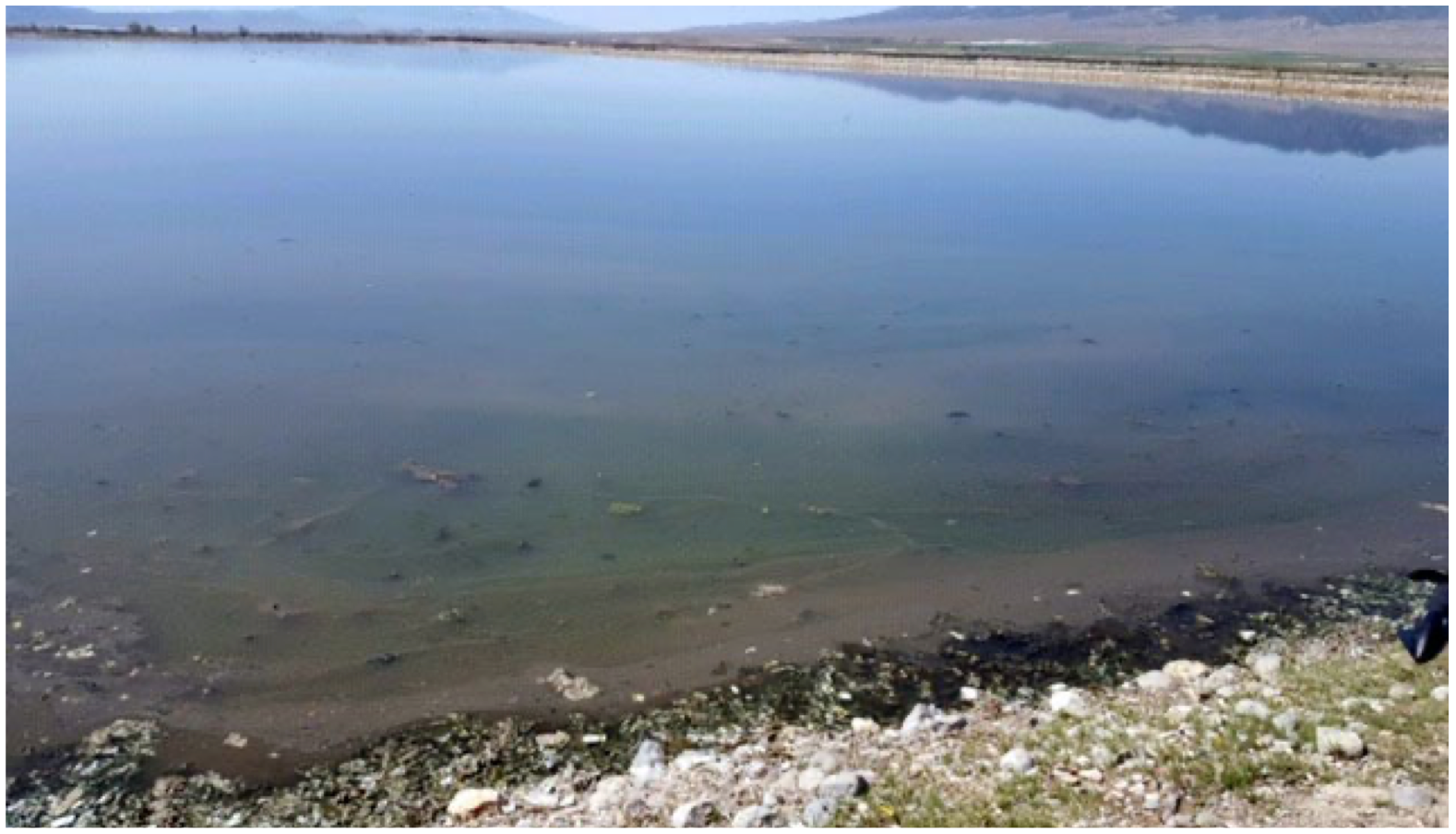0.4 MGD Wastewater Lagoon System
Municipal wastewater lagoon systems are susceptible to toxic waste poisoning. Toxic loads from residences and businesses are sporadic and difficult to mitigate. When toxicity levels are high in wastewater lagoons, the biological treatment process is inhibited due to loss in biomass.
Wastewater Bacteria, a book by Michael Gerardi, explains that toxicity impacts microbial cellular structure and activity (Figure 1).
Many of the organisms in these systems are unable to grow, divide, and metabolize when toxicants are present. Biomass mortality can contribute to poor wastewater treatment and effluent quality.
Lagoon recovery from toxicity is a slow process if the biology in the system is left to naturally regenerate. To speed up rehabilitation time, bioaugmentation can be implemented.
Adding a concentrated dose of fully functioning wastewater microorganisms helps increase biomass quickly which can stimulate the biological treatment. The following reference of work describes a toxicity treatment with Probiotic Scrubber II (PBII) at a 0.4 MGD wastewater lagoon system.
A lagoon system servicing a town of 3,500 residents experienced toxic waste exposure that severely inhibited the biological treatment process. While on site at the 30 acre two-pond facility, a Utah Rural Water Association Wastewater Technician noticed that the color of the wastewater in the lagoons was unhealthy.
The water was white and hazy with floating solids. This indicated the biology in the lagoon system was dying. An additional sign of biomass mortality was the unpleasant odors wafting from the ponds.

Figure 1. 0.4 MGD lagoon system after a toxic hit. The wastewater color was milky with floating solids indicating biomass die off.
The lagoon management needed to quickly restore treatment, because the city was highly dependent on the utility. The Wastewater Technician recommended BioLynceus® bioaugmentation to get the system properly processing wastewater again. After a conference call with the city, the decision was made to begin treating the lagoons with PBII.
Ten days after treatment began, the Public Works Director for the city reported that the first pond had returned to a healthy color. The dosage of PBII was decreased to the first pond and increased to the second.
About a month later, the quality of treatment in both ponds improved; The wastewater was returned to a normal color and odors were reduced.
By implementing PBII, the biological treatment in the lagoons was quickly restored. The facility continued to use BioLynceus® to maintain biomass stability in the system.
BioLynceus® ProBiotic Scrubber® II quickly improves wastewater lagoon function after toxicity.
1 Gerardi, M. (2006). Wastewater Bacteria. Hoboken, New Jersey: John Wiley & Sons, Inc.Pp.173-203. https://www.amazon.com/Wastewater-Bacteria-Michael-H-Gerardi/dp/0471206911


